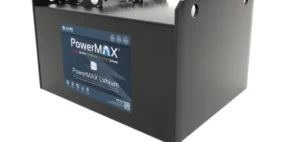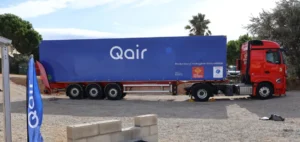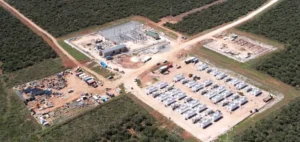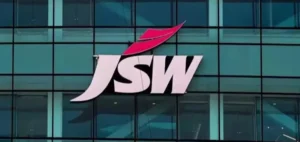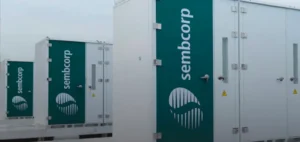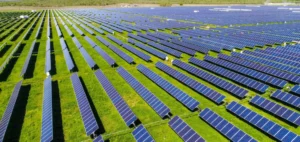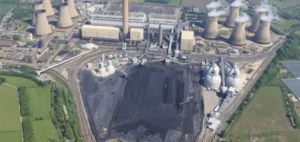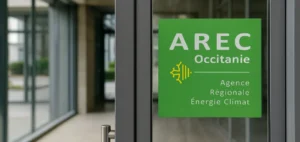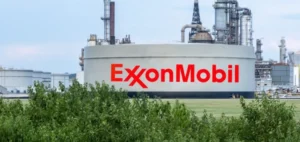The Australian mining group Fortescue Metals Group is strengthening its technological capabilities by concluding a series of strategic agreements with major players in green energy and industrial manufacturing. These agreements aim to electrify its mining activities, particularly in the Pilbara region, while building an integrated global network of production, research and development.
A transcontinental network of industrial partners
As part of this strategy, Fortescue has signed agreements with companies recognised for their advances in renewable energy, including Chinese electric vehicle manufacturer BYD, solar panel producer LONGi, mining equipment manufacturer XCMG and wind specialist Envision Energy. These agreements are in addition to the full integration of Spanish wind technology company Nabrawind into the group’s portfolio.
At the same time, manufacturer Liebherr, already a longstanding partner of Fortescue, will continue to produce electric mining trucks at its plant in Virginia in the United States. All of these collaborations are supported by the research and development capabilities of Fortescue Zero, with innovation centres located in the United States, the United Kingdom and Australia.
A dual strategy for fleet electrification
To convert its mining fleet to electric, Fortescue is adopting a dual-supplier approach. XCMG could supply up to 50% of a future fleet of 300 to 400 electric 240-tonne haul trucks, with phased deliveries planned from 2028 to 2030. The remainder is expected to be provided by Liebherr, whose partnership was expanded in September 2024 to include electric excavators.
The multi-actor approach enables supply chain diversification while ensuring an industrial ramp-up aligned with decarbonisation objectives. Fortescue Zero continues to work on the integration and optimisation of electric systems to meet the operational requirements of the Pilbara’s extreme climatic conditions.
Next-generation wind power generation technologies
The integration of Nabrawind gives Fortescue access to an innovative wind installation technology with self-erecting towers reaching 188 metres in height. This solution captures stronger winds and increases on-site power generation. In parallel, Envision Energy will supply its EN182-7.8MW turbines, designed for low-wind environments and to withstand extreme weather, including cyclones.
Both technologies will be combined for the first phase of Fortescue’s Pilbara wind project, supporting the scale-up of renewable energy generation at industrial scale.
An innovation ecosystem serving profitability
All these initiatives are integrated within a global ecosystem built around technological and industrial hubs. Fortescue draws on innovation expertise from China, Europe and the United States to optimise costs and accelerate operational objectives. According to Fortescue, this strategy aims to demonstrate that reducing emissions can align with increasing profit margins.
The partnerships are presented as an industrial response to rising pressure on extractive-sector companies, particularly in regulation, financial liability and public perception. A recent report highlights the impact of certain companies on the frequency and intensity of heatwaves between 2000 and 2023, raising expectations for major industrial groups.





